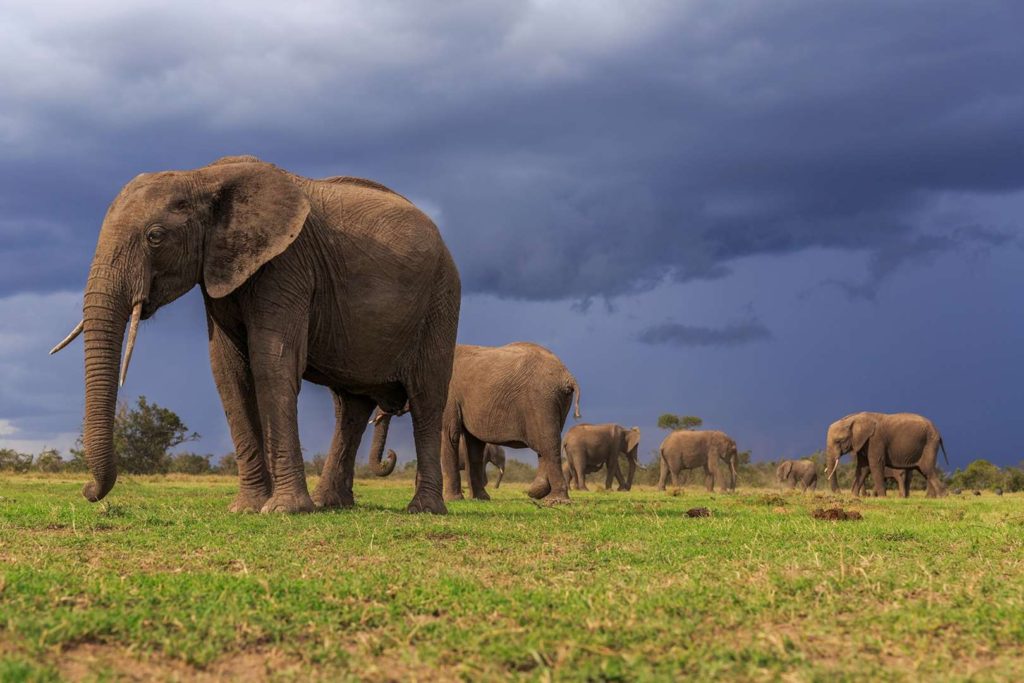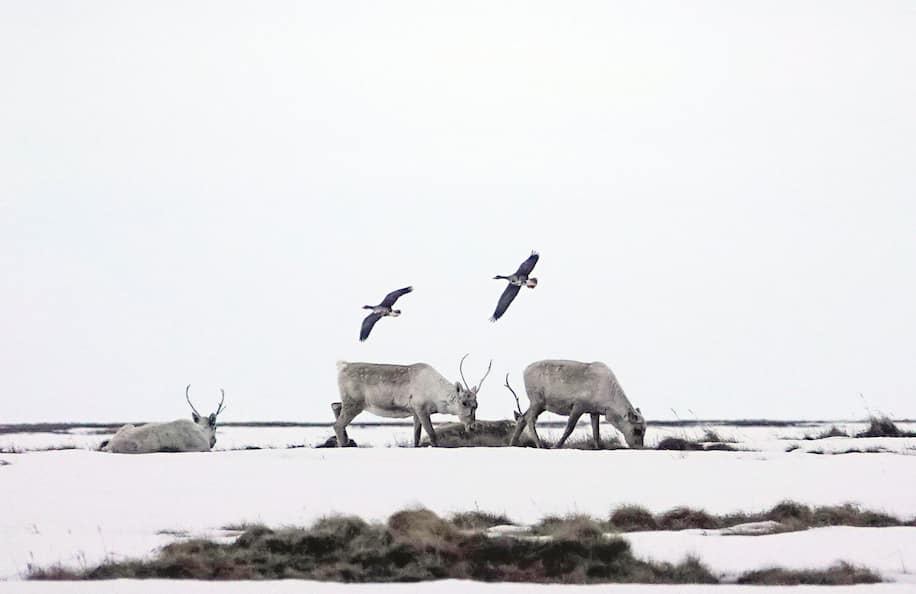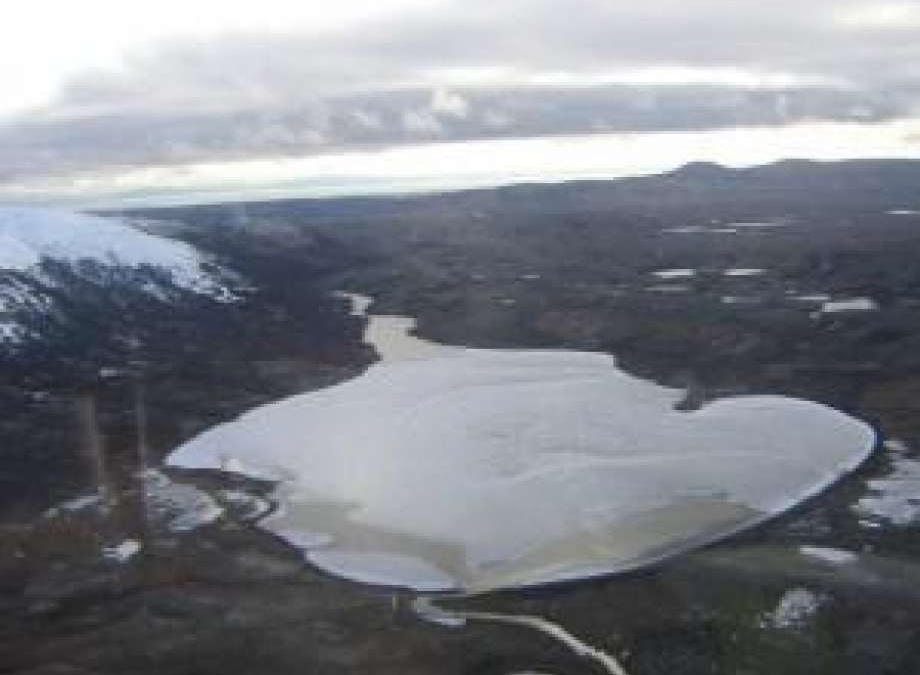Both African elephant species are now endangered, one critically – “At this point, there can be no doubt that poaching and habitat loss have devastated populations of elephants all across Africa”

By Rachel Nuwer
25 March 2021
(National Geographic) – Elephants have long been thought of as either African or Asian. But there are actually two species of African elephant: The savanna elephant is larger, has curving tusks, and roams the open plains of sub-Saharan Africa. The smaller, darker forest elephant, with straight tusks, lives in the equatorial forests of Central and West Africa.
Now, for the first time, scientists have separately evaluated how the two are faring—and the findings are grim.
Savanna elephants are endangered and forest elephants are critically endangered, according to an official assessment released today by the International Union for Conservation of Nature (IUCN) for its Red List of Threatened Species, the world’s most comprehensive inventory of extinction risk.
“For both species, poaching is still the biggest driver of decline,” says Kathleen Gobush, leader of the new assessments and a member of the IUCN’s Elephant Specialist Group, a group of technical experts focusing on conservation and management of elephants.
“These assessments hopefully will garner renewed attention for the world to double down on stopping the killing, trafficking, and demand for ivory.” […]
The IUCN relies on a variety of factors to determine an animal’s conservation status, such as how much its numbers and range have dwindled.
“At this point, there can be no doubt that poaching and habitat loss have devastated populations of elephants all across Africa,” says Scott Schlossberg, a data analyst at Elephants Without Borders, a Botswana-based nonprofit, who was not involved with the new assessment. “A few elephant populations are doing well, but the long-term trends for the continent as a whole are poor.” (Read how poaching is on the rise in Botswana.)
If anything, the IUCN findings likely are underestimates because of the scarcity of quantitative data about past elephant populations across the continent, says Iain Douglas-Hamilton, founder of Save the Elephants, a nonprofit based in Kenya, who also was not involved with the new evaluation. “The current assessment isn’t absolute and doesn’t pretend to be,” adds Douglas-Hamilton, a National Geographic Explorer. “It’s a best guess of trends.” [more]
Both African elephant species are now endangered, one critically

